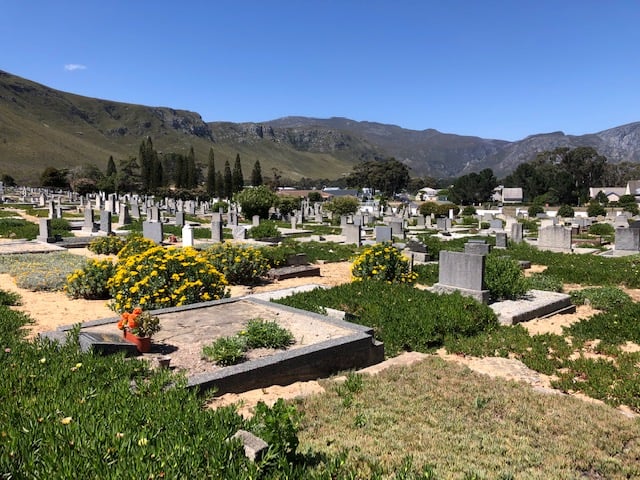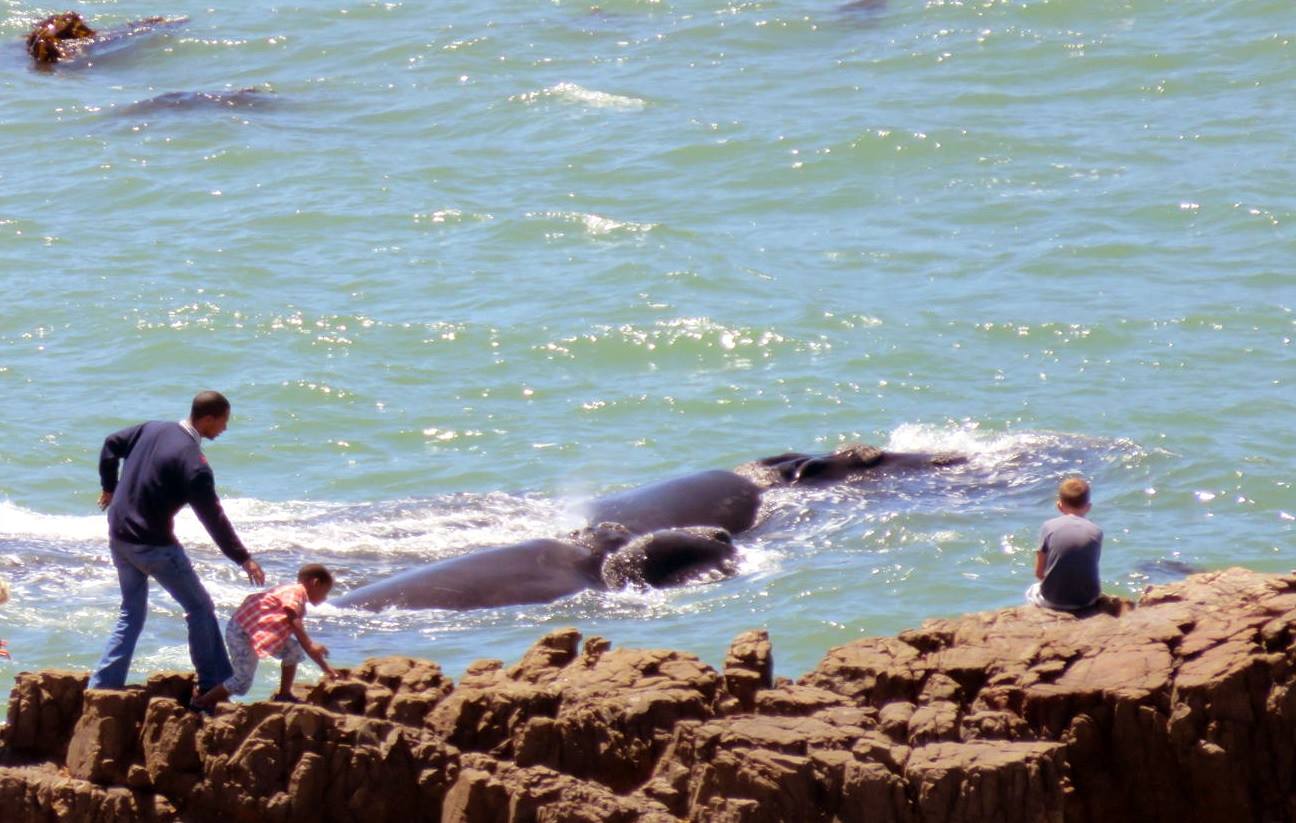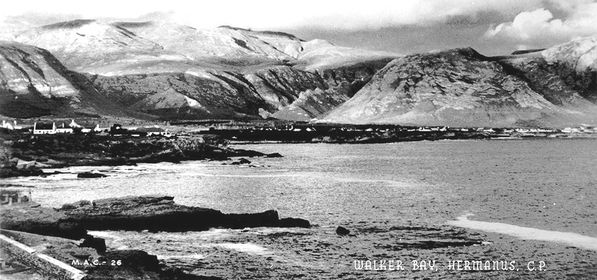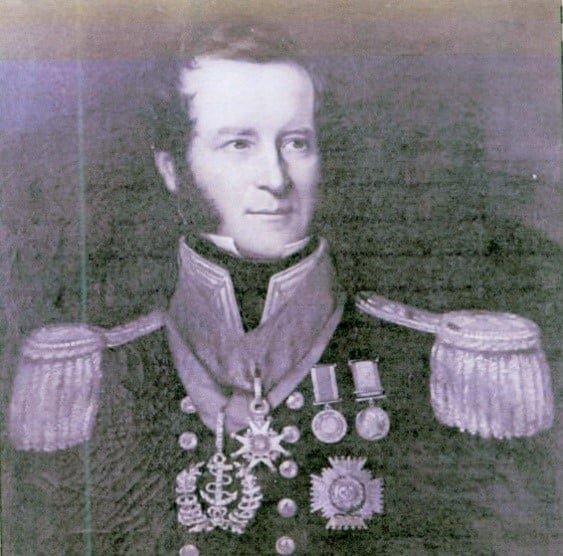
YOU CAN HELP: BEHIND THE KOPPIE
January 19, 2022
SHORT HISTORY OF THE CLIFF PATH, HERMANUS
January 19, 2022For nearly 100 years no one could correctly identify the person after whom Walker Bay is named. In earlier books on the history of Hermanus, reference is made to a certain ‘Walker’, said to be a ‘Surveyor’ in the Royal Navy, as being the person after whom Walker Bay is named. Someone named ‘Walker’ could have been employed to survey this portion of the South African coast, and there is evidence that coastal features were sometimes named after the surveyor.
However, subsequent research has failed to identify which surveyor is referred to and, in any event, it seems unlikely that a mere surveyor would have such a large and important bay named after him. Large bays were usually reserved for Admirals. Admiral Thomas Pringle, after whom Pringle Bay is called, is a case in point. Richards Bay is also named after an Admiral – in this case, Admiral Sir Frederick Richards.
During my research, I heard of a second candidate for the name of Walker Bay through research carried out by Blake Albert, then a member of the Hermanus History Society, and presented by him to members at one of the monthly meetings. However, to my knowledge, the research needed to confirm this possibility had never been carried to a conclusion. Recently I have been able to look more closely at the available information and am convinced that I have solved the mystery. I have been substantially assisted in this by a thesis authored by Matthew Chiswell at the University of Cape Town.
The Walker after whom Walker Bay is named is almost certainly Admiral Sir Baldwin Wake-Walker (1802-1876). He joined the Royal Navy in 1812 (yes, he was ten years old) and served, among other places in Jamaica, West Africa and the Crimea. He also served in the Turkish Navy for two years, representing the Royal Navy on a secret project. But that is a story for another time.
The first period of his career that is of interest to us was from 1848-1860 when he served as ‘surveyor’ of the entire Royal Navy, based at and in command of the naval city of Portsmouth in Britain. As I found out, this position had nothing to do with conducting physical surveys by land or by sea. The term ‘surveyor’ in this context dates from Elizabethan times and is described by an expert on the Royal Navy history as follows:
The Surveyor of the Navy was an officer in the Royal Navy who was a member of the Navy Board from the inauguration of that body and held overall responsibility for the design of British warships. From 1845 design responsibility was centred in the surveyor’s office. In 1859 the post of Surveyor of the Navy was changed to Controller of the Navy. (My emphasis)
As Surveyor/Controller of the Royal Navy, Walker was hugely influential in the design and construction of all Royal Navy warships. He is credited with persuading the Admiralty to convert the wooden hulls used in building battleships to ironclad hulls. He also pioneered the first battleship with a hull made entirely of iron. Later still, he promoted the use of steam power.
In 1861, following immediately on his tenure as Surveyor/Controller of the Royal Navy, Walker was promoted to Commander-in-Chief of the Cape of Good Hope and West Coast of Africa Station of the Royal Navy. He served in the Cape from 1861 until 1864, based at Simonstown. During his posting at the Cape, Walker was mainly involved in suppressing the slave trade from West and East Africa. He had an exceptional record in this regard.
He continued his interest in naval technology from his days as Surveyor/Controller of the Royal Navy and brought about several improvements in the ships assigned to his Squadron. There is a voluminous correspondence between him and various Admirals in Britain about the superiority of ironclad ships – ships with iron plates laid over the wooden hull. In his thesis, Matthew Chiswell claims that Walker pursued similar interests in the Cape:
During his residence at the Cape, Baldwin Walker undertook to modernise and improve the facilities at the Simonstown dockyard. To this end, he procured a portable steam crane for use in the dockyard, which enabled the process of loading and unloading vessels to be accomplished faster and with a smaller workforce.


